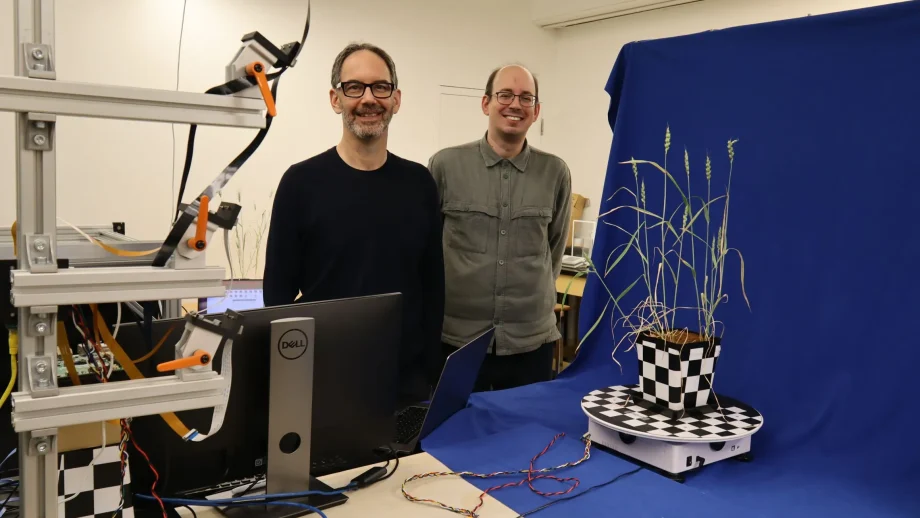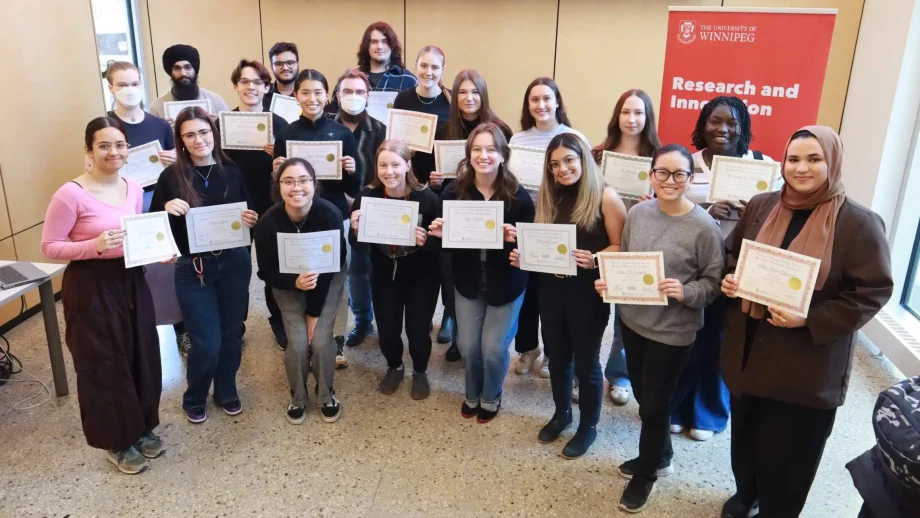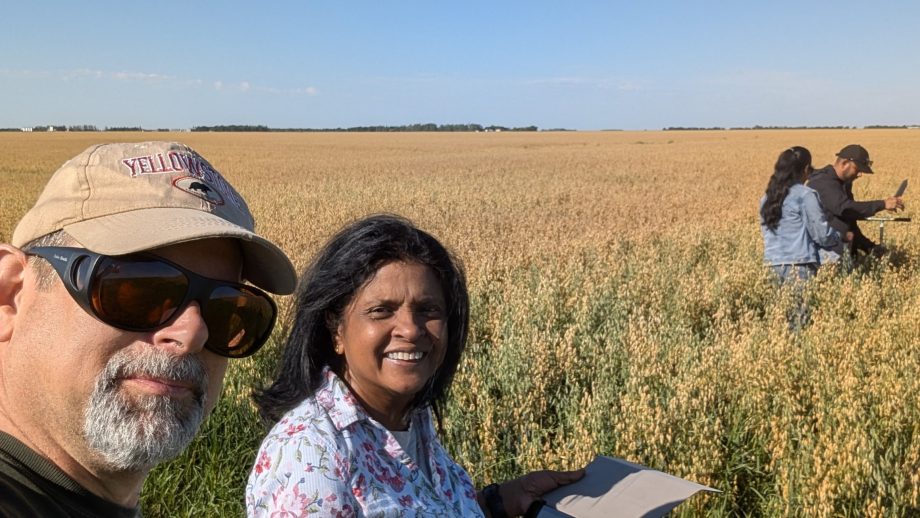Dr. Matthew Morison says his return to The University of Winnipeg is “coming full circle.” A UWinnipeg alumnus, Morison graduated with a Bachelor of Science in mathematics and geography in 2012.
He went on to obtain his PhD in geography from the University of Waterloo, with a focus on permafrost hydrology and nutrient transport.
Now, as an incoming postdoc awarded a three-year Mitacs fellowship, he’ll be investigating the impacts of climate change on carbon cycling in the boreal forest. This project is in collaboration with the International Institute for Sustainable Development – Experimental Lakes Area (IISD-ELA).
“The nature of the fellowship is that it’s designed to enable collaboration between academic institutions, but also in this case, the IISD-ELA,” Morison explained. “The IISD-ELA is the mecca of freshwater science in Canada and being able to be part of that longstanding tradition is great.”
Dr. Nora Casson, assistant professor in the Department of Geography and co-director of the Prairie Climate Centre, says Morison is a welcome addition to the university.
“Dr. Morison is a rising star in the field of ecosystem science, and we are excited to welcome him to The University of Winnipeg,” she said. “He is a creative and collaborative researcher, with the skills and experience to tackle these important questions around climate impacts on carbon cycling in Canada’s boreal region.”
Morison’s first exposure to the research world was as a technician at the Churchill Northern Studies Centre towards the end of his time at UWinnipeg.
While there, he managed a research project at York Factory National Historic Site, working with a diverse team including scientists from many disciplines, local First Nations, and Parks Canada staff.
“My work in Churchill really opened my eyes to the world of research and connected me with so many people,” Morison said. “It sent me down this path of everything from big blue-sky questions such as ‘how does the world work,’ to just being excited about having an office in the woods.”
Over the next three years, the overall research goal of IISD-ELA is to be able to inform projections of carbon sequestration, forest ecology, climatic feedbacks, and aquatic habitat sustainability across both the Canadian and global north.
Morison is hoping to harmonize the fact that there is an amazing wealth of historical data available from the Boreal Forest.
“There are few places in the world that have this multi-decade, continuous dataset,” he explained. “And then not only do we have a natural signal of climate change that will appear in the data, but what we can do now is structure our continued data collection.”
That includes targeting particular signals or responses to climatic change, such as how carbon is stored in the ground; how carbon is transported between forests and watersheds; and how carbon is moved between atmosphere and soil, trees, or lakes.
Morison hopes that the global response to COVID-19 will be a good reminder of the capacity humanity has to respond to global threats, including climate change.
“We have so many forested areas and our freshwater resources are so integral to our Canadian identity,” he noted. “So, being able to understand the effects of climate change on aquatic carbon and lake/forest pattern of landscapes across our country is important.”






